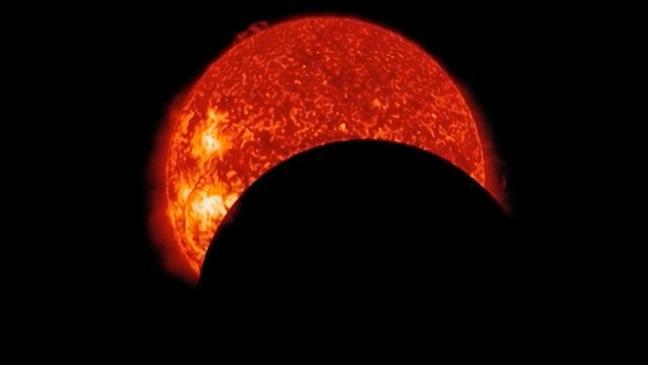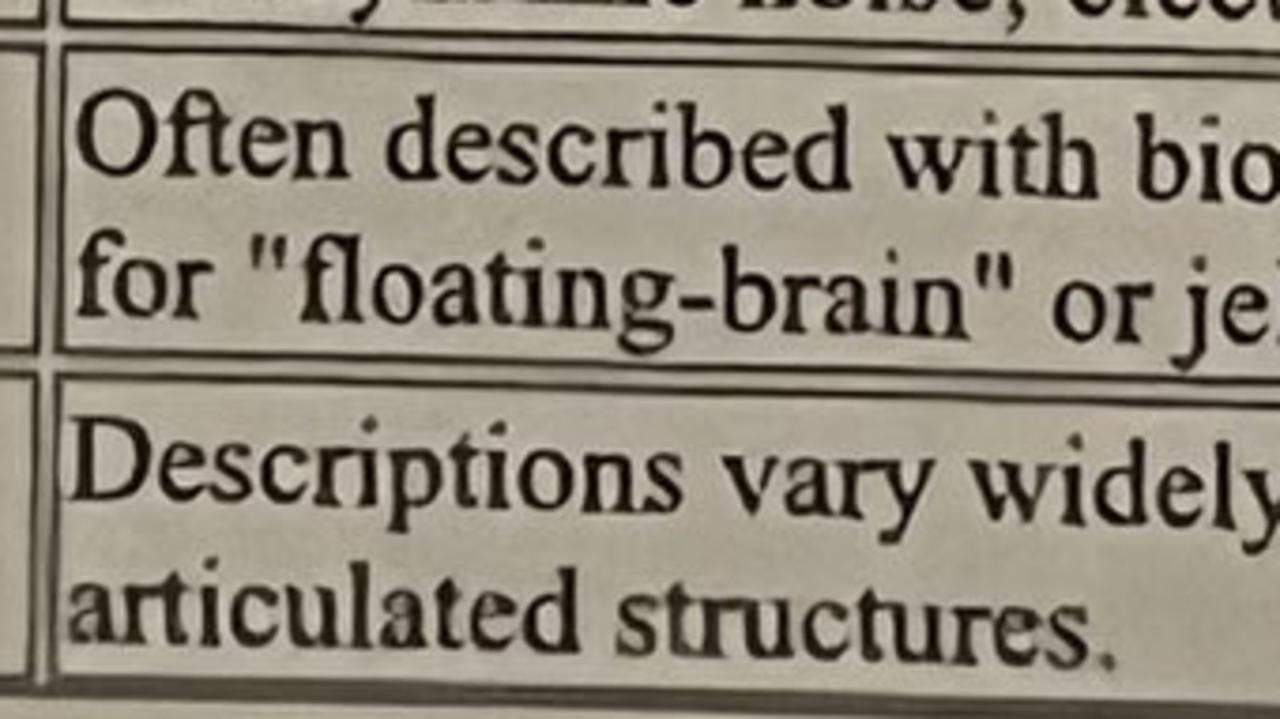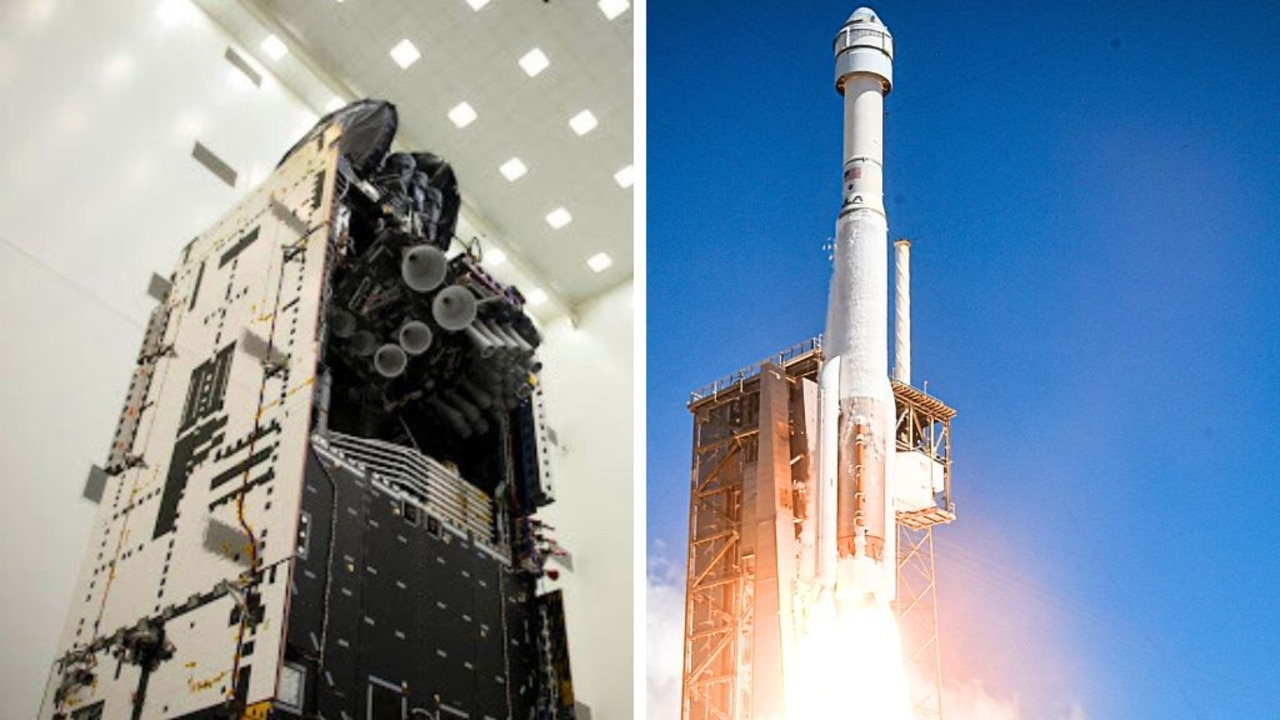The lost satellite orbiting Earth that could spark a Gravity-style catastrophe
A STRAY satellite orbiting Earth poses a serious collision threat that could spark a chain reaction of catastrophic space events. George Clooney, where are you?

SOMEWHERE orbiting our planet up in the black void of space is a lost satellite posing a threat that could cause a Hollywood style catastrophe.
The nine metre wide Envisat lost contact with Earth in 2012 and has since been floating without human control with the risk it could collide with other space junk sending a devastating blanket of debris towards other satellites 790 kilometres above our heads.
MORE: Has alien life been spotted on the surface of Mercury?
If this sounds like the premise of the recent movie, Gravity, well it sort of is. In that we saw Russians nuke a non-operational satellite, which resulted in shards of the explosion ripping through the International Space Station, giving poor George Clooney and Sandra Bullock a hell of a time.
In this case George and Sandra will be safe on terra firma but the Envisat might be in trouble as two objects will pass within 200m of it every year of the 150 years it’s expected to be in orbit and it’s positioned at an altitude where the greatest amount of space junk is found.
Should a collision occur it could lead to a chain reaction effect known as Kessler Syndrome where fast-moving debris causes multiple collisions leaving a cloud of orbiting shrapnel threatening the safety of other satellites and spacecraft. Knocking these out could disrupt telecommunication networks and GPS systems leaving us in a lost and satellite TV-less state. Not only that, it could prove disastrous for future space missions to get through and avoid all the floating junk.

Professor George Fraser, Director of the University of Leicester (UK) Space Research Centre, commented:
“The Special Projects paper highlights the huge area and mass of Envisat as the major risk factors for space debris.”
“The fact that Envisat is in a near-polar orbit doesn’t help either, since its path intersects most satellites’ orbits nearly at right angles. Imagine driving down the motorway and every so often a large truck cuts right across all four lanes right in front of you.”
But don’t panic just yet. According to physics students at the University a collision with Envisat, which was launched in 2002 by the European Space Agency to observe and monitor Earth’s atmosphere, oceans and ice caps, is unlikely but considering the risk it does pose de-orbiting the $3 billion craft is a wise idea.
However, the high cost and complicated process to bring this satellite back to Earth could mean it will stay stranded.



